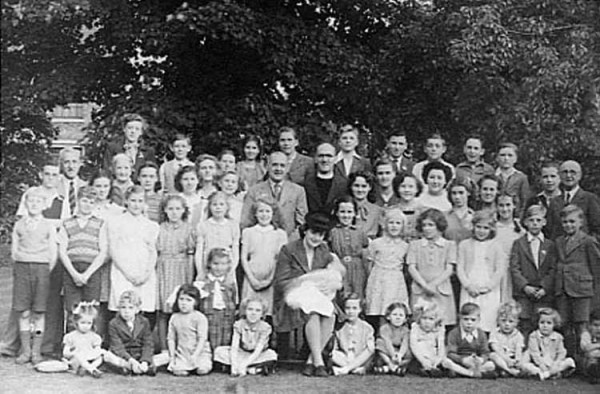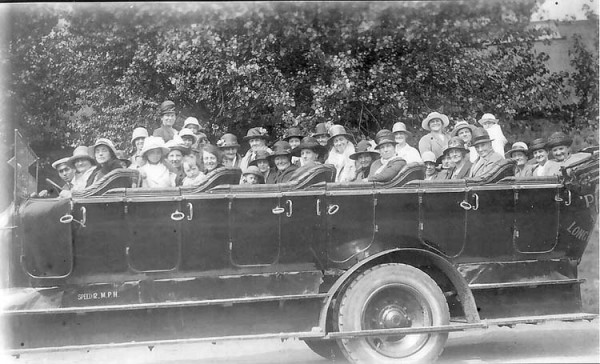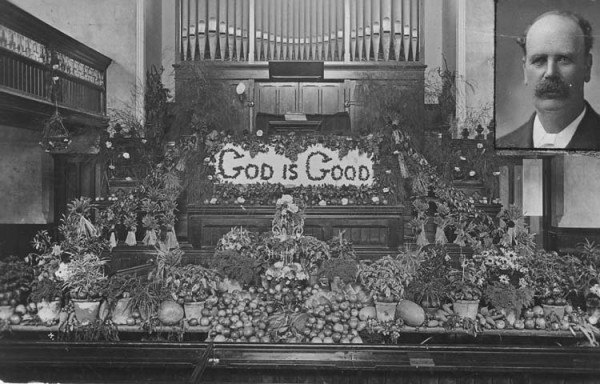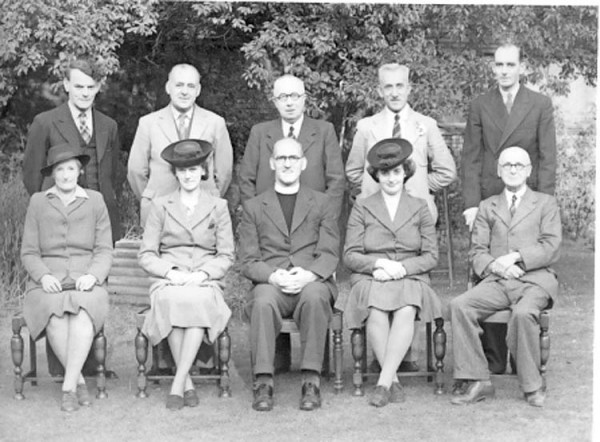
There was evidence of Baptists meeting in the local area in 1689, 1692, 1746, 1790 and 1821. Then, in 1830, a group decided that a meeting place should be built where they could meet regularly. This group appear to have been connected with Sible Hedingham Baptist Chapel, although it appears that there had been earlier connections with Wattisham Baptist Chapel.
In 1831 a conventional chapel building was erected, 45ft long, 35ft wide and 20ft high, costing about £790 – the congregation numbered about 77
The Church proper (membership) was formed in 1834 and a vestry was added to the building, also an additional piece of ground was purchased and enclosed for £21. This was for a Sunday School hall. In 1838 a gallery was added to the chapel, but only across the end, not on 3 sides.

Membership in 1867/1870 was about 190, with 600 Sunday School scholars.
In 1872 the premises were deemed to be inadequate and unsafe, but some repairs were carried out in 1873, and two adjoining cottages were bought for £300, obviously with expansion in mind. These were to the right of the property and were demolished.
In 1889 the old chapel was demolished and the construction of the new one commenced. The services then took place in the Corn Exchange. The original estimate was £1,500, but the final cost of the project was £2,000. There were 225 members. The lighting was by gas, some fan-tail, then by electric bulbs and then, in the 1950’s, fluorescent tubes were introduced in stages. The current lighting was installed in 1999.

An organ was installed in 1897 at a cost of £370, this was the Hardy which was removed in 1997. The building originally seated 600, but, during the last 30 years, this has been reduced to about 300 – the most recent change being the replacement of the ground floor pews with chairs in 1999. At the same time the floor was carpeted. New double doors in the entrance replaced replaced two single side doors in 1998, and a new internal glazed screen was erected.
The plaster on the walls was first decorated with paint in 1958, and an amplification system, just one microphone in the pulpit, was installed in 1969.

Nearly all of the building at the rear (school halls, etc.) had to be demolished in 1961 due to wet and dry rot and woodworm. Craig Hall, together with a kitchen and toilets, was erected in 1962. The further end of this construction subsided a little due to unknown graves, and had to be under-pinned before completion. Bentley Hall was erected in 1969, and then alterations and extensions, with toilets and kitchen, were carried out in about 1996.
With thanks to Peter Heard for all the research he has done.
